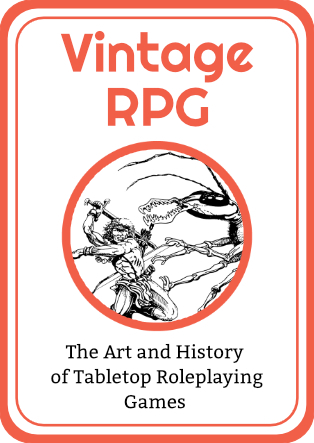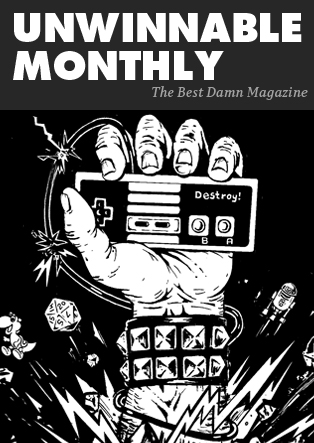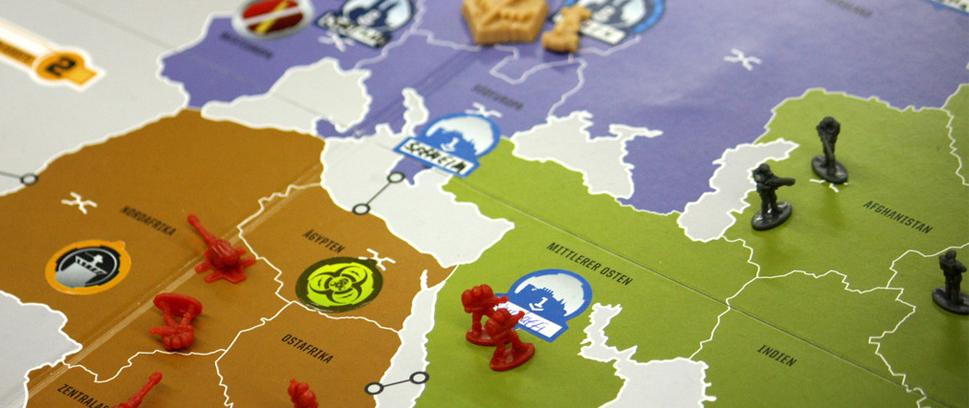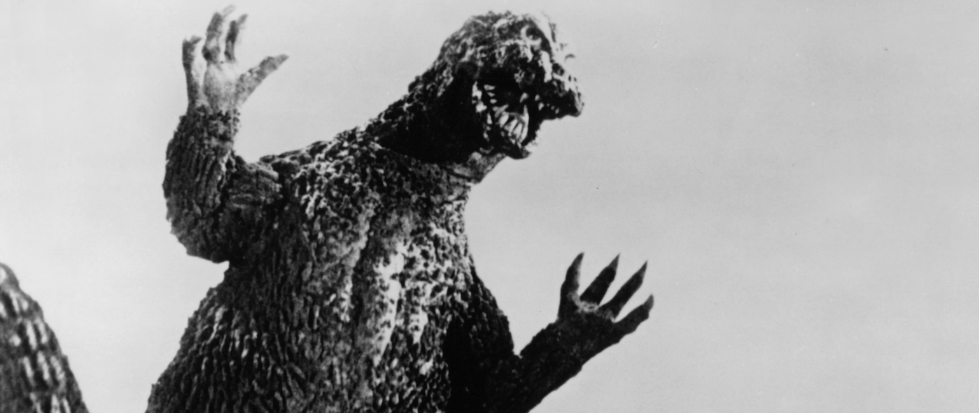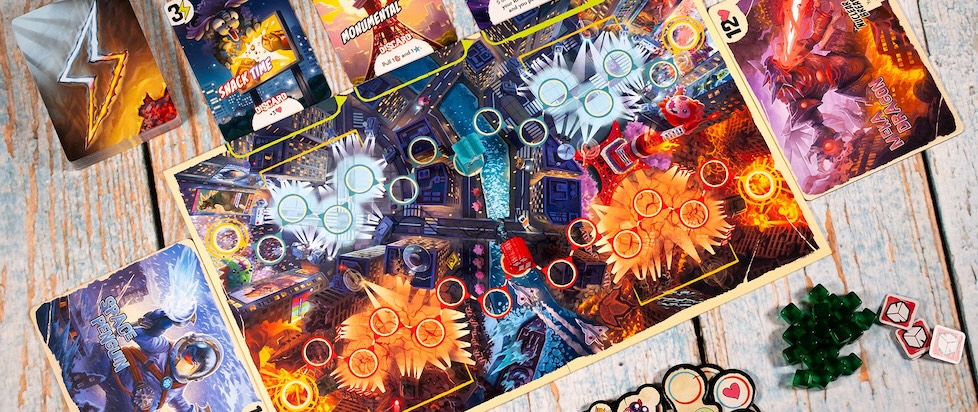
There Can Be Only Two: Fame and Destruction Come in Pairs in King of Tokyo: Duel
I see board games in the store and they always look so cool and then I buy them and bring them home, I’m so excited to open them, and then I play them, like, twice… This column is dedicated to the love of games for those of us whose eyes may be bigger than our stomachs when it comes to playing, and the joy that we can all take from games, even if we don’t play them very often.
———
I’ve mentioned before that King of Tokyo is probably my favorite board game of all time. But it has one glaring problem in our two-person household: it’s a party game that requires at least three players and plays better with four to six. You wouldn’t know this looking at the box, though. The game itself suggests that it can be played with between two and six players, but that is a lie.
Or rather, not strictly a lie. You can play King of Tokyo with only two players, it’s just that no one will have any fun doing it, a fact that has led some enterprising players to cook up homebrew rules to help make the game at least kind of work with just two people – to varying degrees of success.
Fortunately, the makers of King of Tokyo seem to be aware of this, at least in hindsight, and they have recently released a couple of different ways to try to recreate the basic experience of playing King of Tokyo that are friendlier for just a couple of players.
Not all that long ago, we covered the first of these, the co-op King of Monster Island, which can be played not only with two players but even solo, though best results still require two or three players. For those who didn’t bother to click through and read that article, the long and short of it is that, while Monster Island certainly has its charms, it is ultimately a very different game from King of Tokyo in many important ways.
Enter King of Tokyo: Duel, which was first released in October of 2024 and which I got and played over the holidays. Taking elements from both King of Tokyo and Monster Island – along with some entirely new additions to gameplay – Duel is a strictly head-to-head experience for just two players. And I will grant, right out of the gate, that it certainly can be played successfully with just two people, so it clears its own minimum threshold, at least.
Unfortunately for King of Tokyo purists – though perhaps unavoidably, given its logline – Duel, like Monster Island before it, plays very differently from its predecessor. Where King of Tokyo is, in essence, a game of king of the hill, Duel is more like tug of war.

These differences are pretty immediately apparent, beginning before you even open the box. The packaging for Duel is considerably smaller than either King of Tokyo or the relatively cyclopean Monster Island. One of the reasons for this is that the cardboard standees that have always represented the monsters in all previous King of Tokyo games are conspicuously absent here.
This exclusion underscores one of the key differences between Duel and previous versions of King of Tokyo. Ironically enough, Duel feels less like a game in which your monsters are duking it out directly against one another. Instead, its mechanics are all about pushing and pulling tokens along two different tracks: fame and destruction. Get enough of either to get the token to your end of the track and you win the game – but, of course, every time your opponent moves the token, it gets further away from you.
There are other paths to victory in King of Tokyo: Duel. You can always just deal enough damage to knock your opponent out of the game, or you can win by having both of the tokens at a specific spot along the track at the same time. Printed on the inside of the game box are also a dozen or so other optional rules variations that allow you to mix up the game and (at least theoretically) keep it fresh.
While there are obvious differences, other elements of King of Tokyo: Duel will feel familiar. There are cards that you can buy with “energy” in order to gain new abilities – either single-use or ongoing – and while there are no cardboard standees this time, each player does still pick a monster from a roster of familiar faces, with the twist that each monster now has its own unique ability, helping to give the kaiju a little more mechanical flavor than has been present in previous iterations.
Ultimately, like King of Monster Island before it, Duel is a solid enough game on its own merits, but it simply can’t compete with the concentrated brilliance of the original. That’s a bit of a shame, sure, but it may also be unavoidable, and while it’s no King of Tokyo, Duel is another welcome visit to that world, especially for households who regularly play two-player games.
———
Orrin Grey is a writer, editor, game designer, and amateur film scholar who loves to write about monsters, movies, and monster movies. He’s the author of several spooky books, including How to See Ghosts & Other Figments. You can find him online at orringrey.com.
